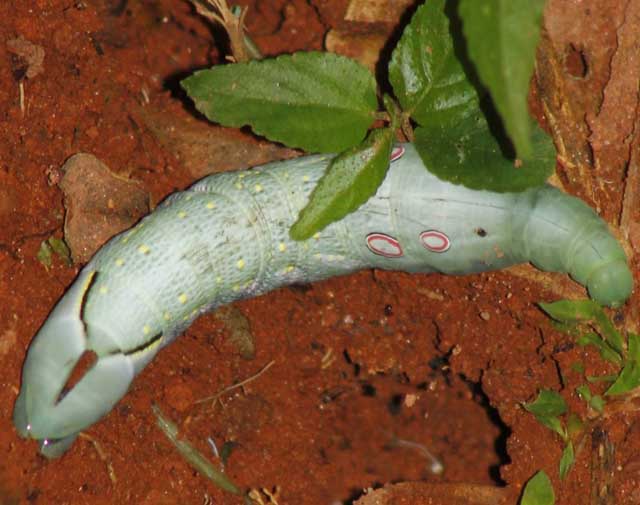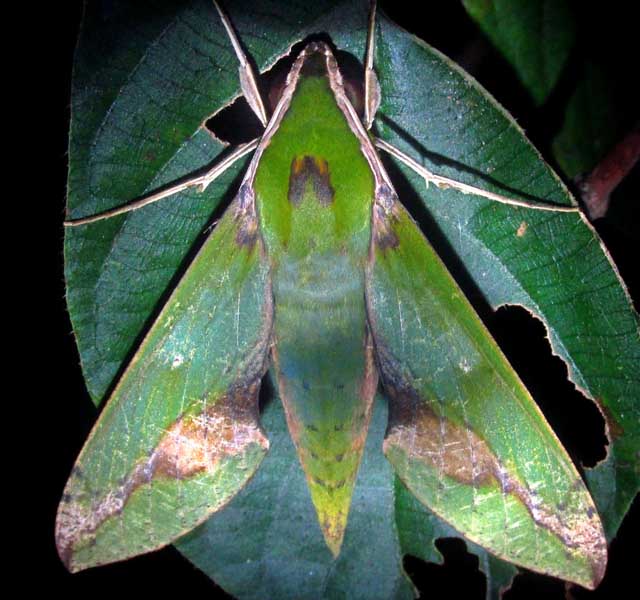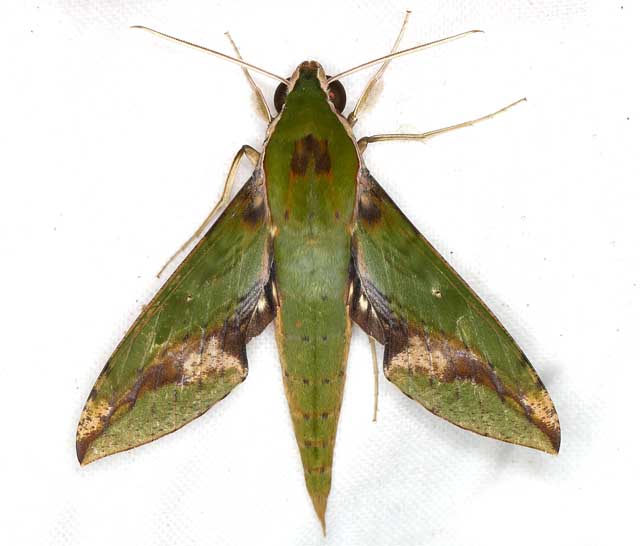
Xylophanes chiron nechus, El Copan, Cartago, Costa Rica,
March 6, 2019, 1047m, courtesy of Gernot Kunz.
This site has been created by Bill Oehlke
Comments, suggestions and/or additional information are welcomed by Bill.
TAXONOMY:
Family: Sphingidae, Latreille, 1802 |
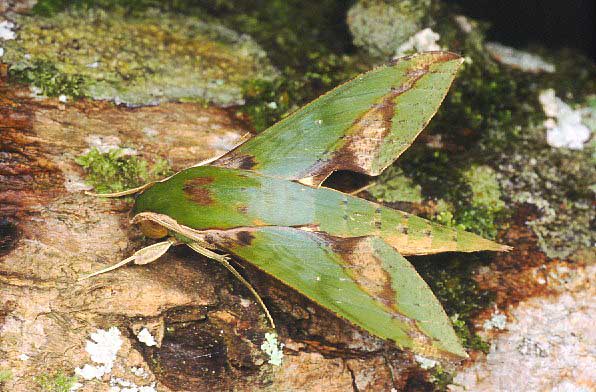
Xylophanes chiron nechus courtesy of Paolo Mazzei,
Rancho Grande, H. Pittier National Park, Venezuela.
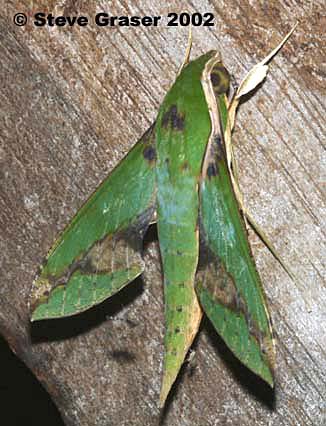
Xylophanes chiron nechus in resting pose, Yasuni, Ecuador, September 7, 2002 - 12:01 AM, courtesy of Steve Graser.
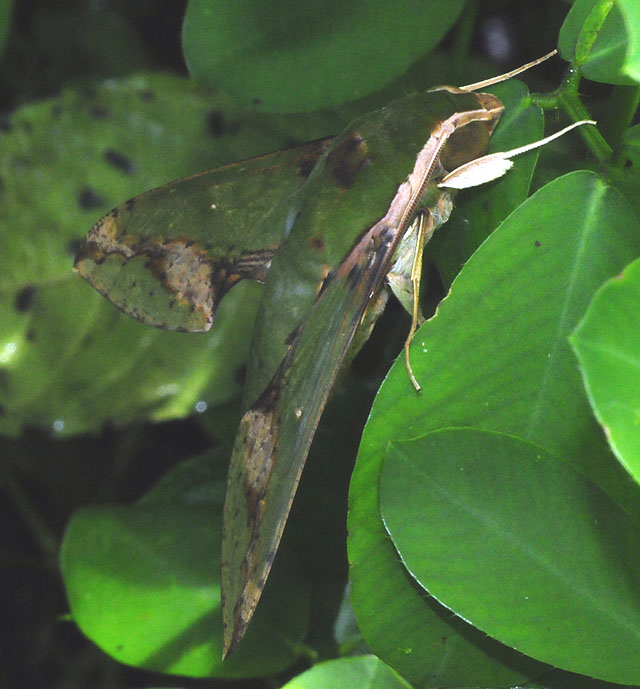
Xylophanes chiron nechus, Misahualli, Napo, Ecuador, March 3-4, 2009, courtesy of Steve Ife.
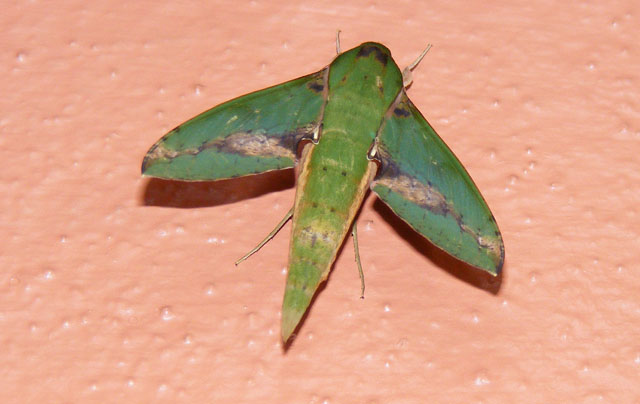
Xylophanes chiron nechus, Baldi Hot Springs, Arenal Volcano Cloud Forest,
Alajuela, Costa Rica,
August 11, 2013, courtesy of Graeme Davis.
